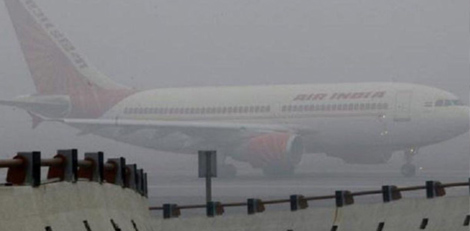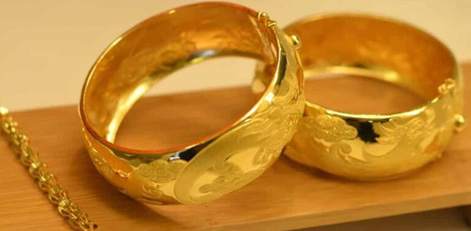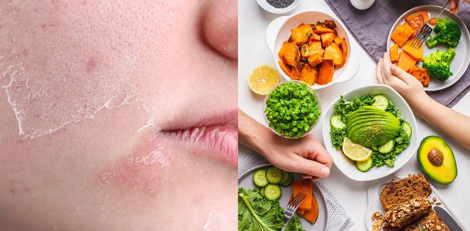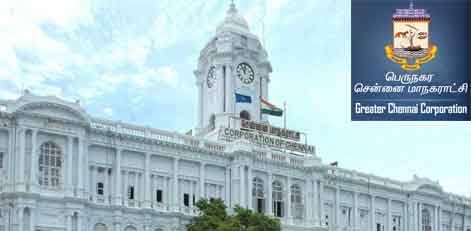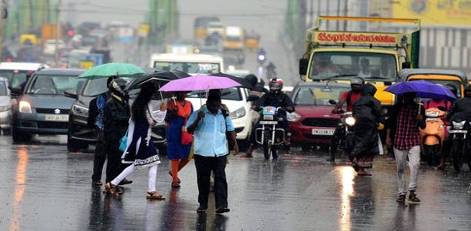
Why has fuel prices gone up in India?
Posted on: 02/Apr/2018 12:28:49 PM
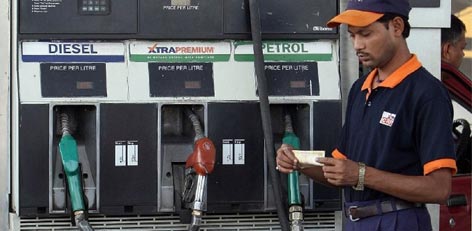
Petrol price has surged to a four-year high of Rs 73.73 a litre while diesel rates touched an all-time high of Rs 64.58 in Delhi. This is the highest since 14 September 2014, when petrol rates had hit Rs 76.06 due to higher prices globally.
But why are domestic fuel prices skyrocketing even when global fuel prices have inched lower? Let�s take a look at some of the factors attributing to this rise.
India has the highest retail prices of petrol and diesel among South Asian nations as taxes account for half of the pump rates. Finance Minister Arun Jaitley has raised excise duty nine times between November 2014 and January 2016 to shore up finances as global oil prices fell, but then cut the tax just once in October last year by Rs 2 a litre.
Despite repeated calls by the government to lower value added tax (VAT), only states such as Maharashtra, Gujarat, Madhya Pradesh and Himachal Pradesh have reduced rates while others continue to charge VAT.
The hike in duty helped government`s excise mop up more than double to Rs 242,000 crore in 2016-17 from Rs 99,000 crore in 2014-15.
Despite surging fuel prices, demand for fuel in India stays steady. It is a lifeline of Indian economy as it`s needed to ferry essentials such as vegetables and grains from rural areas to towns while fuel alternatives are used in infrastructure projects and other key government investments.
Talks are ongoing to cut state and center-specific taxes and bring petrol and diesel under the common goods and services tax (GST).



